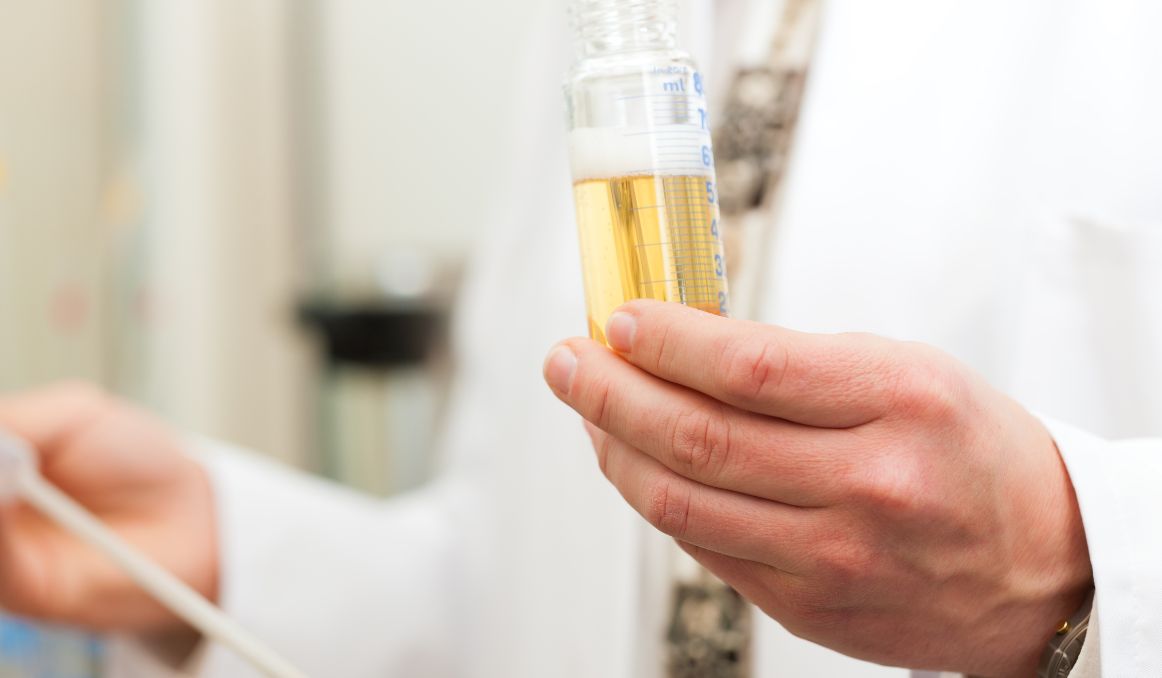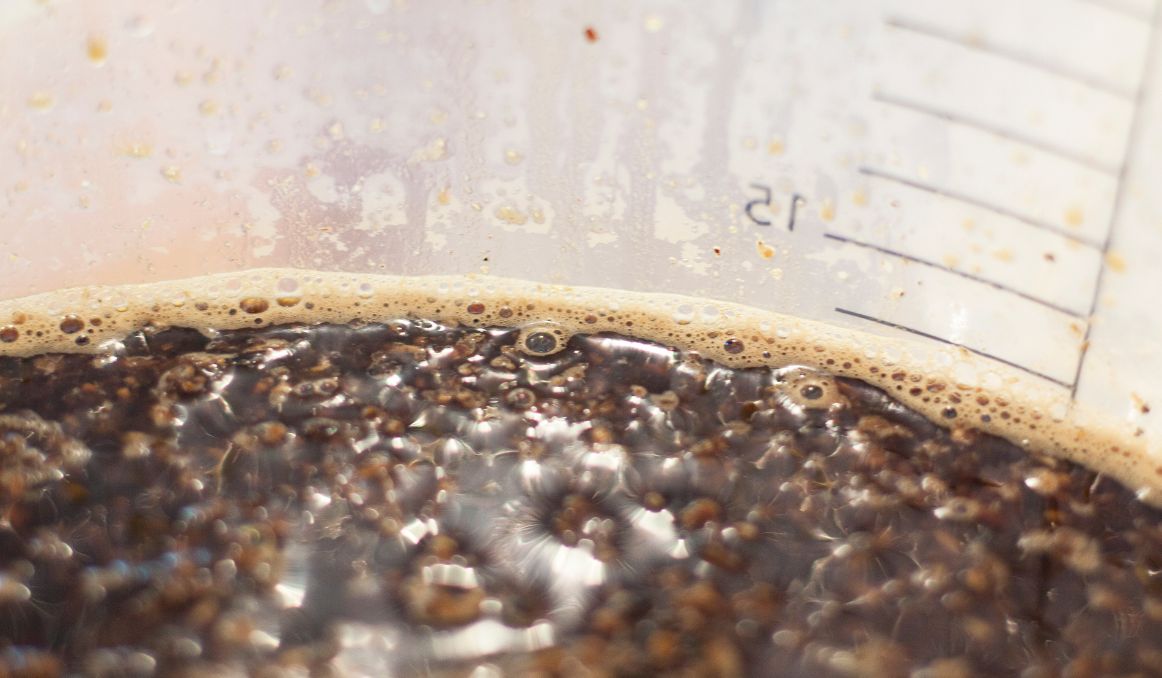When to Harvest Yeast for Brewing: Cropping Yeast Timeline
While prices rise and materials and products become astronomically more expensive in what seems to be a global inflation that is determined to last, the question for brewers of when to harvest yeast is more relevant than ever.
We no longer live in a time where we can simply toss perfectly good materials and buy something newer and shinier.
Fortunately, brewers have long been a group dedicated to preserving their quality products and materials, so yeast cropping is more than just a trend. It is a tradition.
For brewers new to the game, however, or for more seasoned brewers interested in new techniques, it can be helpful to get the details on when to harvest lager yeast and ale yeast for maximum results.
The benefits of cropping yeast go well beyond cost savings, too. Cropping yeast allows you to continue to provide a consistent, beloved beverage to your consumers. And as we all know, consistency is everything.

Yeast and Yeast Cropping
Yeast is as old as life on earth. The first living organism here on our planet was the fungus, and yeast is a fungus. While there are many strains of yeast, the primary ones we focus on when it comes to food and beverage belong to the Saccharomyces cerevisiae and the Saccharomyces pastorianus families.
S. cerevisiae is the most traditional between the two as it is the yeast used to brew ale, and ale goes back hundreds, if not thousands of years before lager, which in only a few hundred years old.
S. patorianus, a much newer discovery, the yeast we use to make ale, is different from its cousin in that it ferments in much cooler temperatures to produce lager.
The other primary difference between the two strains of yeast, and the one most relevant to our discussion of yeast cropping, is that the ale yeast is top-fermenting and lager yeast is bottom-fermenting.
Flocculation for Yeast Cropping
When we say ale yeast, S. cerevisiae, is top fermenting, what we mean is that you will notice much more activity on the top of your fermentation vessel as ale is fermenting, and at much warmer temperatures (above 60 degrees Fahrenheit), and, more importantly, that ale yeast will “flocculate” at the top of your vessel once fermentation has completed.
You will notice large colonies of yeast collected, gathered on the surface of your liquid, lulled to sleep by the completion of the fermentation process and the higher concentration of alcohol. It is at this point that you can collect your yeast and save it for future use.
With lager yeast, your yeast will ferment at the bottom of the tank. You will of course still notice activity, bubbling and fizzing, in the tank, but the vast majority of the activity will take place beneath the surface.
Then, when fermentation in ale is complete, the yeast will flocculate at the bottom of the tank. Your only option for collecting this yeast is when you rack it after primary fermentation, and then again after secondary fermentation.
In both cases, it will be easier to use a strain or a filter than to try to scoop up your bottom fermenting yeast.
How and When to Crop Yeast
But how do you know when to harvest that good yeast from your excellent brew?

Excellent Brew
So, the first thing is to make sure that the brew you’re harvesting the yeast from is actually excellent. The key, remember, is to be consistent with your brew; a consistent brew brings your clientele back begging for more.
If you’re proud of your batch, you want to filter, skim, harvest your yeast and save it so you can repitch it later and, ideally, produce the same level of excellence in your consecutive batches.
In fact, yeast tends to flocculate at higher rates in the second and third repitch.
High Flocculation Rates
High flocculation rates are also something to be aware of as it means your yeast will clump together sooner, usually after just 3 to 5 days of fermenting, which will slow the fermentation rate.
So you will need to get into your vessel and mix things up, separating your flocculated yeast and getting them agitated and working on converting those sugars to alcohol again.
When to Crop
Of course, you know you want to crop your yeast after fermentation is complete. That one is a no-brainer. But how soon after fermentation ends?
Common wisdom says to crop your yeast once your beer has chilled to 40 degrees Fahrenheit, ideally within 48 hours. In an open vessel, cropping should begin when gravity has dropped to 50%. You can measure your gravity with a hydrometer. Your slurry (the mixture of yeast and beer) should look creamy, with no off flavors or aromas.
How to Crop
Another typical concern is how to crop your yeast. Traditionally, brewers simply skimmed the yeast off the top of the brew. And there is nothing wrong with that approach.
However, today, brewers typically employ a conical tank, which has a cone shaped bottom. The conical tank will allow the brewer to discharge the trub (all the thick sediment and debris that is unfermentable) and then collect the flocculated yeast, always from the middle, where you can expect to crop the healthiest cells.
As the sediment discharges from the tank, you will notice the trub is the darkest part of the debris, and once that has cleared, you can collect your viable yeast.
Proper Yeast Storage
At that point, you can store your yeast in a food grade bucket, with an airtight lid. Be sure to refrigerate your yeast, and then use it, ideally within 1 to 3 days, but all the way up to 2 weeks.
After four weeks, your yeast slurry will likely only have 50% viability compared to the day you cropped it.
But if you use it within a reasonable time, you can expect that good consistent batch to perform again!
Cheers!
Yeast activity monitoring is essential for optimizing the process of yeast harvesting and repitching! If you’re interested in finding out how you can use our technology to control fermentation and monitor your yeast, save work hours and improve the cost-efficiency of your business, drop us a line at [email protected] or check out the product pages (for beer or wine):
- Oculyze BB 2.0 (Better Brewing) Yeast Cell Counter App + Hardware
- Oculyze FW (Fermentation Wine) Yeast Cell Counter App + Hardware
Also, you can now get access to a fully functional demo account to test our Web App. Completely free of charge and with no commitment to purchase.
Sources:


